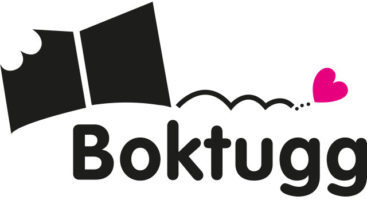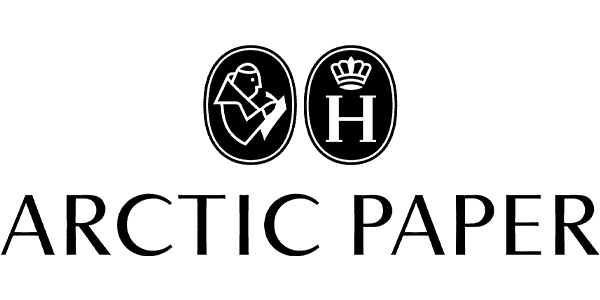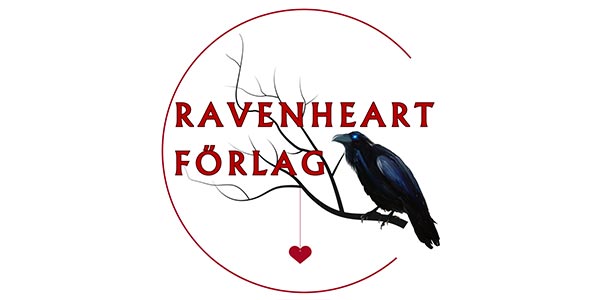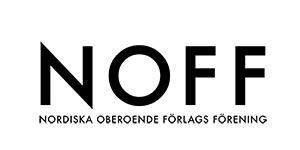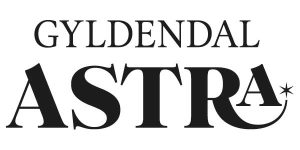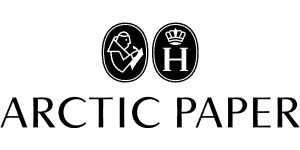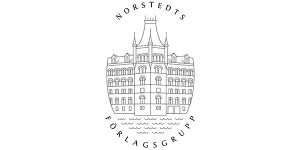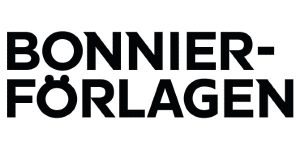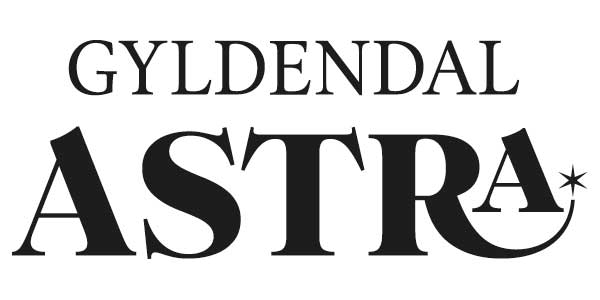
Reading, Writing, and Schooling

| Serie | Kulturens frontlinjer |
|---|---|
| Författare | |
| Förlag | Umeå Universitet |
| Format | Häftad |
| Språk | Engelska |
| Antal sidor | 270 |
| Vikt | 500 gr |
| Utgiven | 2004-04-20 |
| ISBN | 9789188466617 |
Swedish education before the era of compulsory schooling provides a fascinating panorama of different actors, objectives and curricula. In the latter part of the 17th century, primary and secondary education were organised in two distinct systems. The state-supported Latin school system prepared students from higher social strata for future careers in church and civil service by providing classical education, while popular education was restricted to basic reading and religious instruction conducted at home and examined by the Lutheran ministers.
In Reading, Writing, and Schooling, Professor Daniel Lindmark analyses the functions and developments of the two educational systems. He argues that the division of Swedish education into elite and mass education reflects the widening cleavage between elite and popular culture characterising the period 1650-1850. The social and economic segmentation between the upper and lower strata of society was accompanied by separation between rural and urban areas, and between men and women. Reading ability and catechetical knowledge were the only common denominators in the educational field, but even the book market was divided into two distinct spheres, characterised by different genres and print types. Not until the implementation of the elementary school system in the middle of the 19th century, were conditions created for a broader reading culture based on national, rather than religious, symbols.
By analysing the recruitment and careers of grammar school teachers and students, and by examining the methods and contents of popular education, this book reveals some of the educational and literacy practices of pre-industrial Sweden, where practical interests almost constantly challenged the ecclesiastical purposes of reading and schooling. In case studies of specific print and reading cultures, it is demonstrated how literacy practices contributed to creating ethnic and religious identities in certain reading communities.
